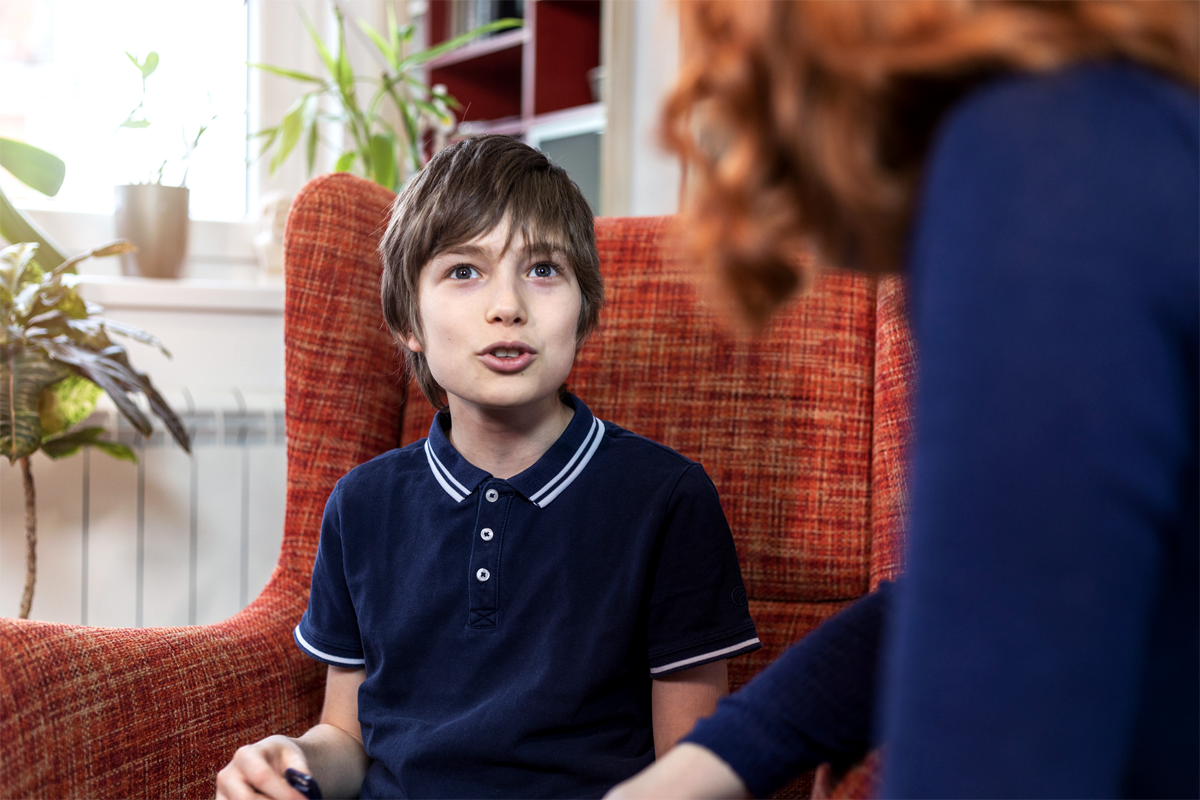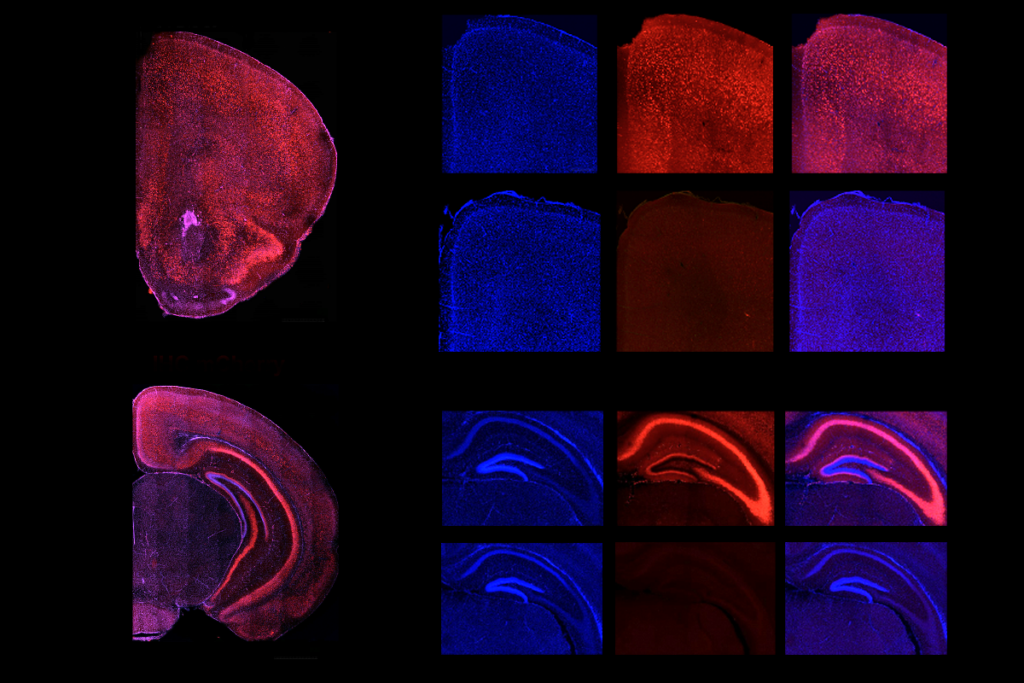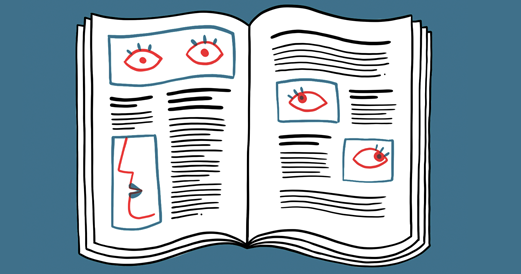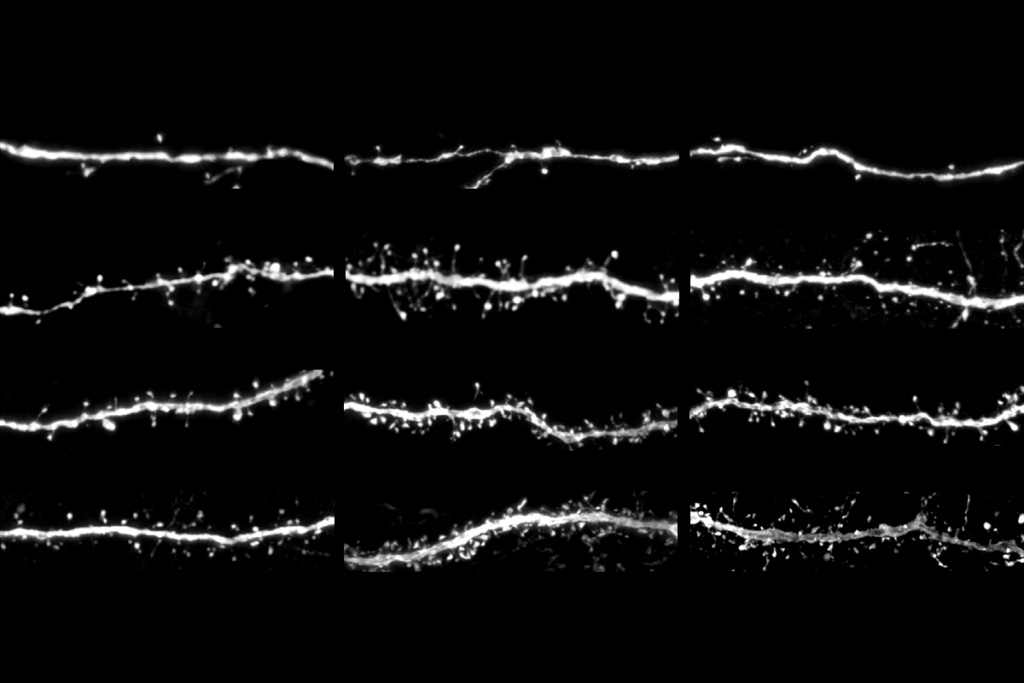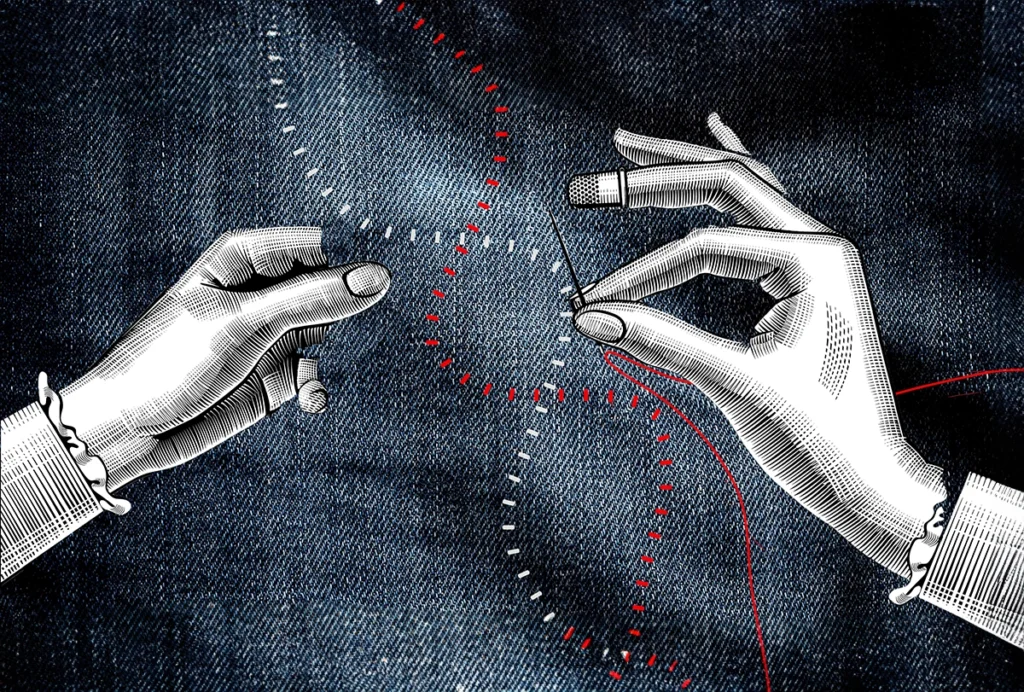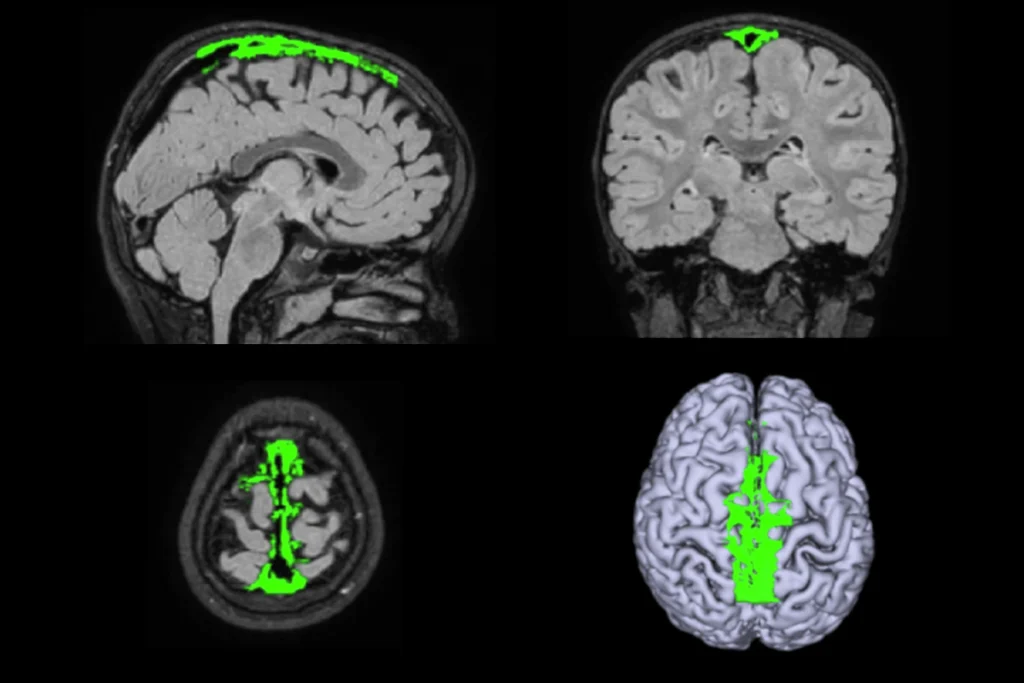A machine-learning algorithm can analyze the speech of autistic children to accurately estimate their social-communication ability, a new study finds.
The results add to a growing body of evidence that some autistic children speak differently from their non-autistic peers. “While we’ve known this at some level, going back to Kanner’s early descriptions, it has been hard to pin down what the differences are and whether they are clinically useful,” says Helen Tager-Flusberg, professor emerita of psychological and brain sciences at Boston University, who did not work on this study. “Now we know that they are.”
Past studies have identified a range of speech differences associated with autism. For instance, some autistic children may use a higher, more variable pitch, take fewer turns in conversations or produce fewer phonemes (basic speech sounds) per utterance.
Scientists have sought to develop automated ways to analyze speech and classify autistic children in a direct, objective manner. For instance, the LENA system paired software with a wearable audio recorder to look for distinctive speech patterns in children with autism. More recent systems use deep-learning artificial-intelligence algorithms to detect autism traits.
Projects developing such algorithms suffered from limitations, though, including relatively small numbers of autistic children and data from assessments of each child gathered at just one point in time, limiting applicability across development. LENA, for example, was designed to work with children aged 4 and younger, so it could not track speech development in older children.
In the new study, researchers developed a deep-learning algorithm called ASDSpeech that they trained on vocalizations from 136 autistic children aged 1 to 7 years, who were recorded during a diagnostic assessment that used the second edition of the Autism Diagnostic Observation Schedule (ADOS-2). The team then tested the AI system on data from an additional 61 autistic children, all of whom participated in two diagnostic assessments separated by a year or two. Each recording was about 40 minutes long.
The total set of training and testing samples used in this study is at least three times larger than previous autism-related speech datasets, says the study’s co-principal investigator Ilan Dinstein, professor of psychology at Ben-Gurion University of the Negev. Unlike with previous research on autism speech-analyzing algorithms, Dinstein and his colleagues are openly sharing their algorithm and data. “This will help to accelerate future research in this area,” Tager-Flusberg says.
And it represents only a small fraction of the data Dinstein and his colleagues have amassed in a growing repository that currently holds recordings of roughly 2,000 children, making it “one of the largest video and audio repositories of autistic children in the world,” he says. “We have created a national clinical network in Israel where we record children in nine different clinical sites throughout the country—about 800 new cases every year.”
A
SDSpeech examined the relationship between 49 speech features, such as pitch and duration, and the severity of autism traits as defined by the children’s ADOS-2 scores. Dinstein notes that given the speech-recognition algorithm’s shortcomings in identifying child speech in messy, real-world situations, the scientists manually annotated which vocalizations in the recordings belonged to the children. The laborious nature of this process limited the study to a small portion of the available recordings.The AI system estimated children’s ADOS-2 scores with up to 60 percent accuracy at both developmental time points, the scientists found. No one speech feature was linked with a strong or consistent effect on ASDSpeech’s accuracy, which could suggest large redundancy across features. There were no significant differences in the algorithm’s accuracy across age, or between boys and girls (47 participants were girls; 150 were boys).
The recordings used for ASDSpeech were taken in noisy conditions using a wall-mounted microphone in a busy public health-care medical center, the researchers note in their paper, which was published last month in Translational Psychiatry. This suggests the algorithm is robust in real-world situations, they say.
ASDSpeech proved considerably more accurate and reliable at estimating social-communication scores than at estimating scores for restricted and repetitive behaviors, another key trait linked with autism. This “makes a lot of sense and highlights that autism is a complex condition,” says Ruth Grossman, professor of communication sciences and disorders at Emerson College, who was not involved in the study. “It will likely never be possible to define autism by any one type of metric, so the nuance the authors brought to this type of research is important.”
T
he children in this study all spoke Hebrew, Dinstein notes. A key next step for ASDSpeech “is to test it with speech samples from other languages,” Grossman says. “I would love to see an international and cross-linguistic collaboration of this type of research.”Until then, it remains to be seen whether the features that ASDSpeech identified are language- or culture-specific. Some prior research suggests that a clearly definable autistic voice may not exist, Grossman notes.
She also cautions that the study included only autistic children, so it did not test whether the tool could differentiate between autistic and non-autistic children’s voices, she says.
Dinstein says he hopes that ASDSpeech can be coupled with other “digital phenotyping” tools used to objectively measure autism-related eye movements, facial expressions and other factors and how they might change over time and with interventions. “These techniques are not meant to ever replace clinicians,” he says. “The idea is to reduce dependency on subjective autism questionnaires, which are biased and offer poor sensitivity to changes but are currently broadly used.”
Ultimately, Dinstein says he would like ASDSpeech to incorporate data from recordings of thousands of children with and without autism to improve the accuracy and reliability of this work. “Our study is an important step showing the feasibility and opportunity inherent in this research approach,” he says.
